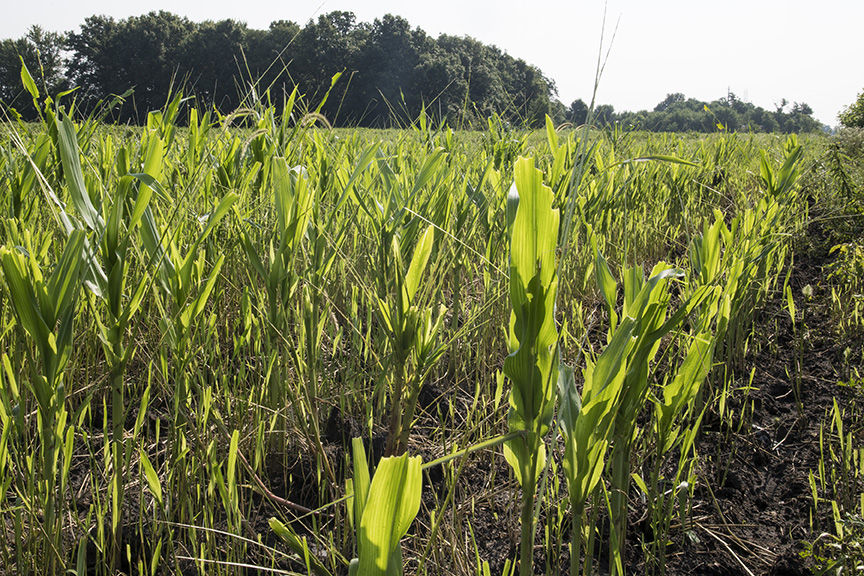Still this week, dairy producers in extreme northern counties were losing forage grasses in their hay fields from armyworm. Unfortunately, by the time it was realized, the armyworms were already moving across roads in a desperate attempt to find/denude more grasses. By this time, treatments are ill-advised even if the worms are still in the field, as larvae greater than 1.25” are very difficult to control and their feeding is nearly complete. Producers spraying wheat in northeastern counties found this out recently, as last-ditch attempts were made to protect the flag leaves and heads from these ravenous, large-worms. The armyworm kept marching on.
Now the current question, will the armyworm be back this summer? Moths, from the first-generation larvae, are flying again. Female moths, laden with eggs, are attracted to lush, dense grasses for deposition. This could be well managed forage grasses or something as small as a patch of ornamental grass in a yard. A handful of times over the years, we have been sent pictures of “back 40” cornfields, planted very late that were completely denuded in late June. A surprise to the neglectful producer! Because of the high moth numbers this spring, the possibility of uncharacteristic, late-damage from armyworm exists this season. The good news is that armyworm larvae are very susceptible to fungal pathogens. Therefore, Mother Nature will probably take care of this pest for the rest of the year. Happy Scouting!



